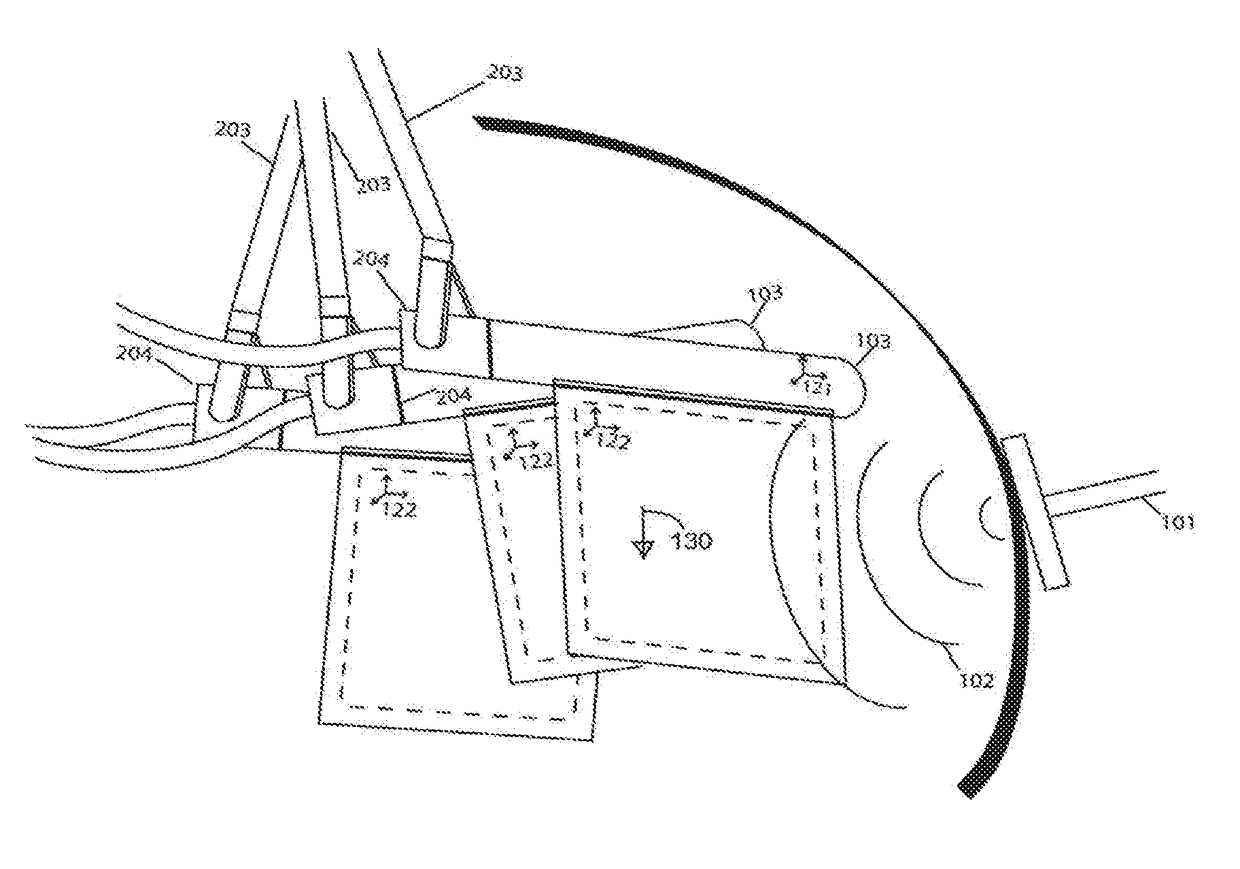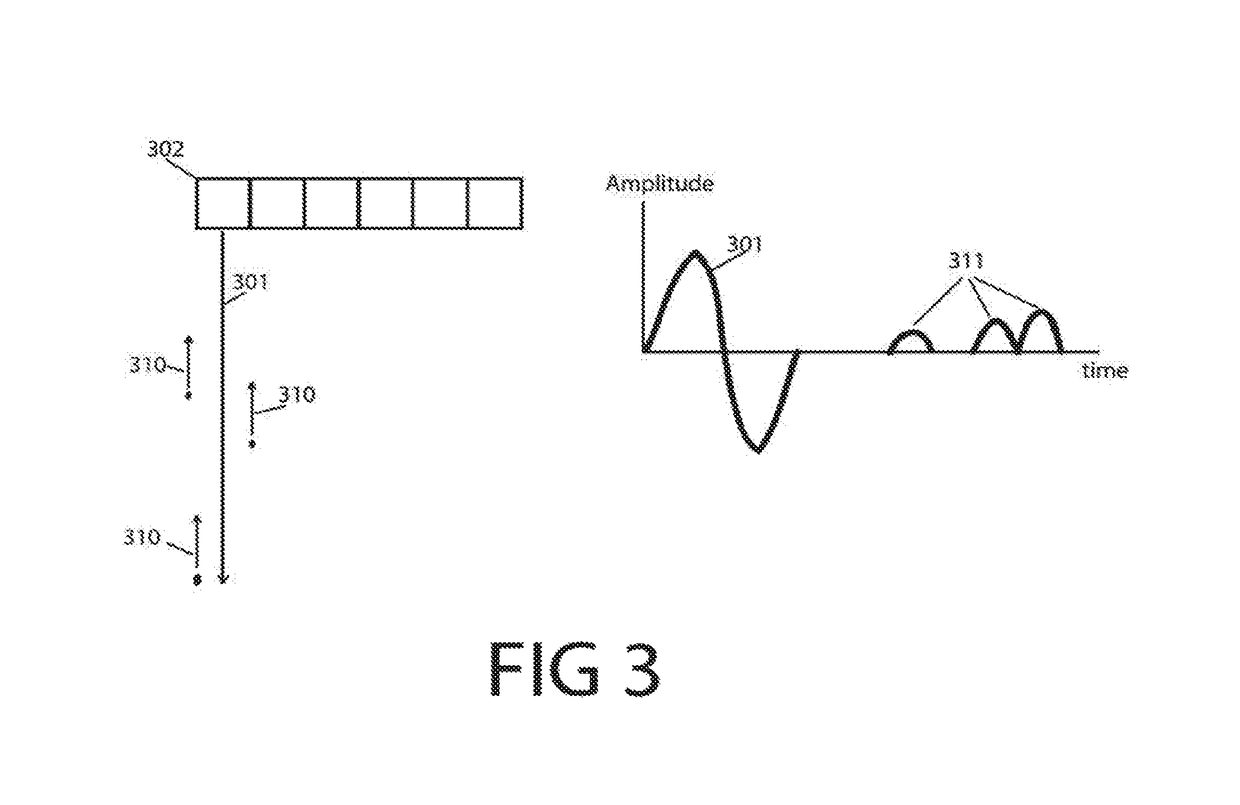Quantitative elastography with tracked 2D ultrasound transducers
a 2d ultrasound and quantitative elastography technology, applied in the field of medical imaging, can solve the problems of inability to achieve ideal measurement systems, inability to achieve mr imaging, and relatively slow imaging mode, and achieve the effect of improving the accuracy of mr elastography and improving the accuracy of mr imaging
- Summary
- Abstract
- Description
- Claims
- Application Information
AI Technical Summary
Benefits of technology
Problems solved by technology
Method used
Image
Examples
Embodiment Construction
[0035]Detailed descriptions of embodiment of the invention are provided herein. It is to be understood, however, that the present invention may be embodied in various forms. Therefore, the specific details disclosed herein are not to be interpreted as limiting, but rather as a representative basis for teaching one skilled in the art how to employ the present invention in virtually any detailed system, structure, or manner. The descriptions of the embodiment of the invention will be made in the publication by Caitlin Schneider, Ali Baghani, Robert Rohling, Septimiu E. Salcudean titled “Remote Ultrasound Palpation for Robotic Interventions using Absolute Elastography”, presented at the 15th International Conference on Medical Image Computing and Computer Assisted Intervention, Oct. 2, 2012, Springer LNCS 7510, pp. 42-49, the entirety of which is hereby incorporated herein by reference.
[0036]According to one aspect of the invention, there is provided a system for imaging the mechanical...
PUM
 Login to View More
Login to View More Abstract
Description
Claims
Application Information
 Login to View More
Login to View More - R&D
- Intellectual Property
- Life Sciences
- Materials
- Tech Scout
- Unparalleled Data Quality
- Higher Quality Content
- 60% Fewer Hallucinations
Browse by: Latest US Patents, China's latest patents, Technical Efficacy Thesaurus, Application Domain, Technology Topic, Popular Technical Reports.
© 2025 PatSnap. All rights reserved.Legal|Privacy policy|Modern Slavery Act Transparency Statement|Sitemap|About US| Contact US: help@patsnap.com



